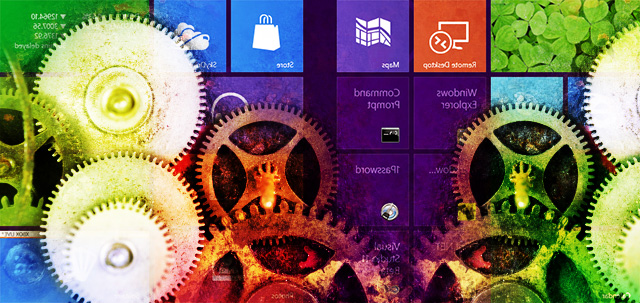
With its new tablet-friendly user interface, Windows 8 is going to be a revolution for both desktop users and tablet users alike. These substantial user interface changes are paired with extensive changes beneath the operating system's surface. For both developers and users, Windows 8 will be the biggest change the Windows platform has ever undergone.
In the wake of the first demonstrations of Windows 8 in mid-2011, some unfortunate word choices left many developers concerned that Windows 8 would force them to use Web technologies—HTML and JavaScript—if they wanted to write tablet-style applications using the new Windows user interface. We thought something altogether more exciting was in the cards: we felt Windows 8 would be a platform as ambitious in its scale as the (abandoned) Windows "Longhorn" project once was. At its BUILD conference in September 2011, Microsoft unveiled Windows 8 for real and talked about application development on the new operating system. The company proclaimed it to be an entirely new, entirely different way of developing applications. Our predictions were apparently confirmed and then some.
Closer inspection reveals a more complex picture. Windows 8 is a major release, and it is very different from the Windows before it. And yet it's strangely familiar: when you peek under the covers of the new user interface and look at how it all works, it's not quite the revolution that Microsoft is claiming it to be.
Read more: ArsTechnica
QR: 